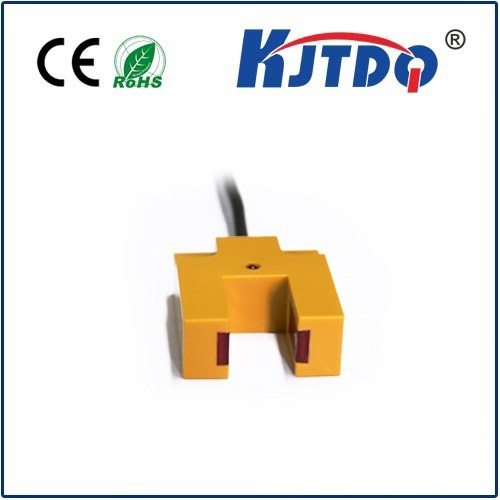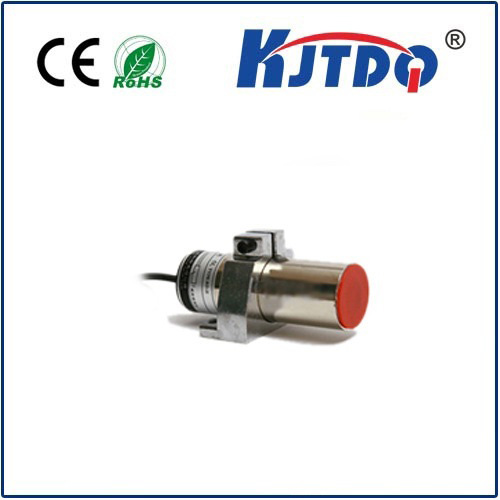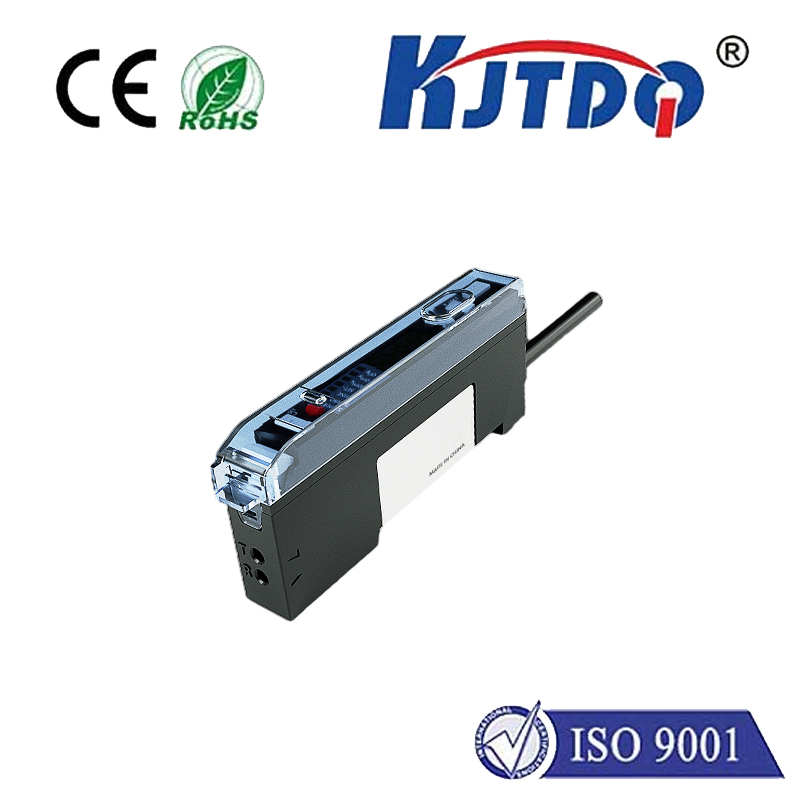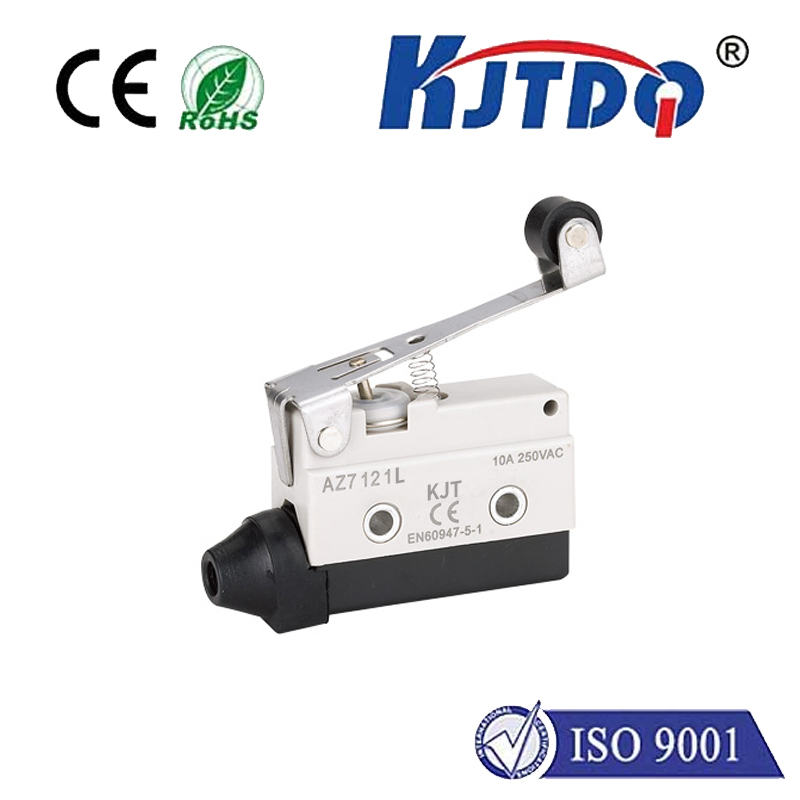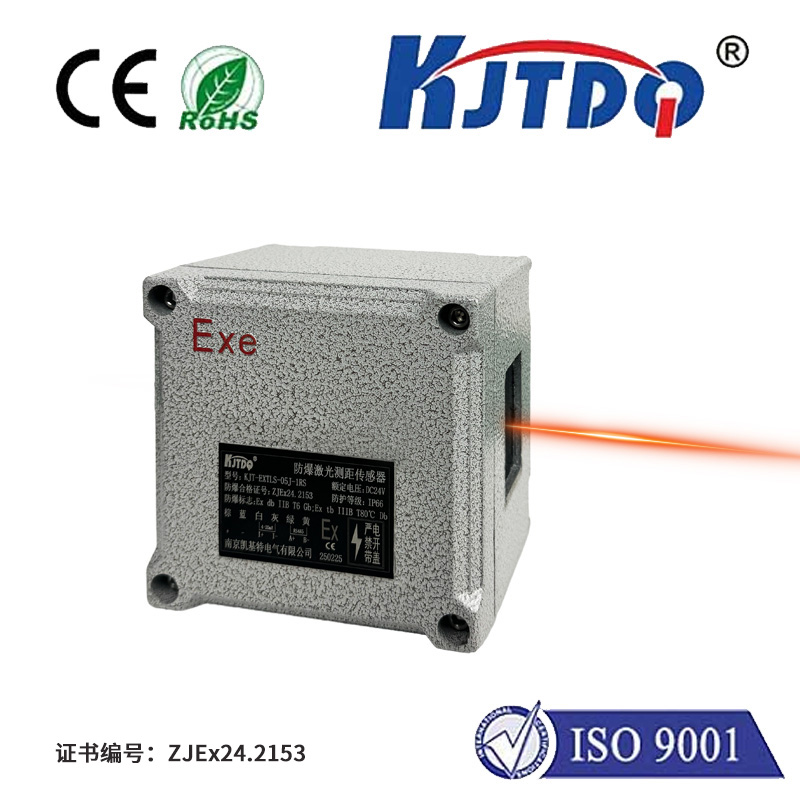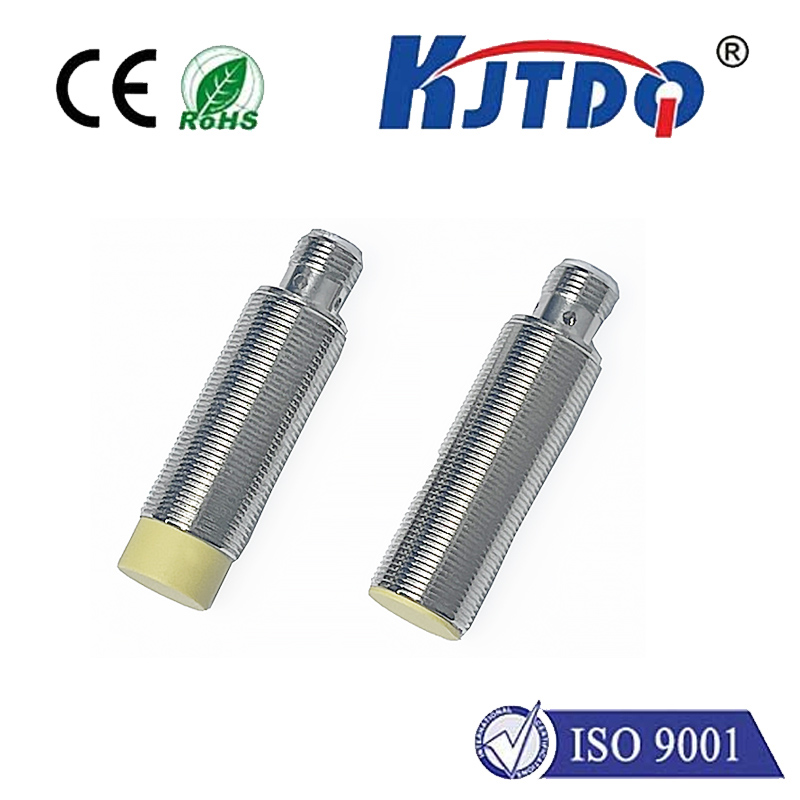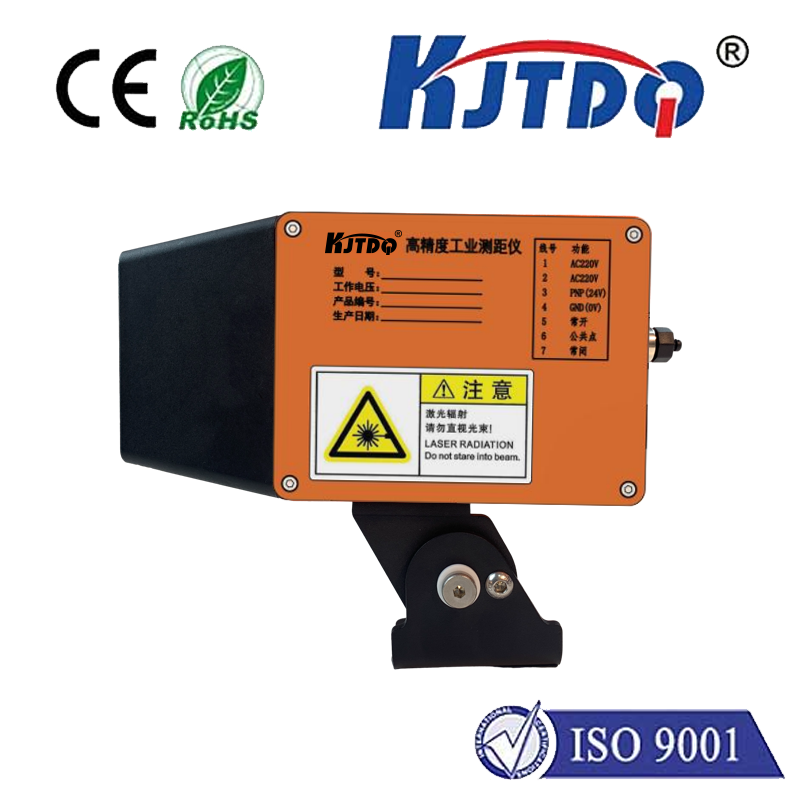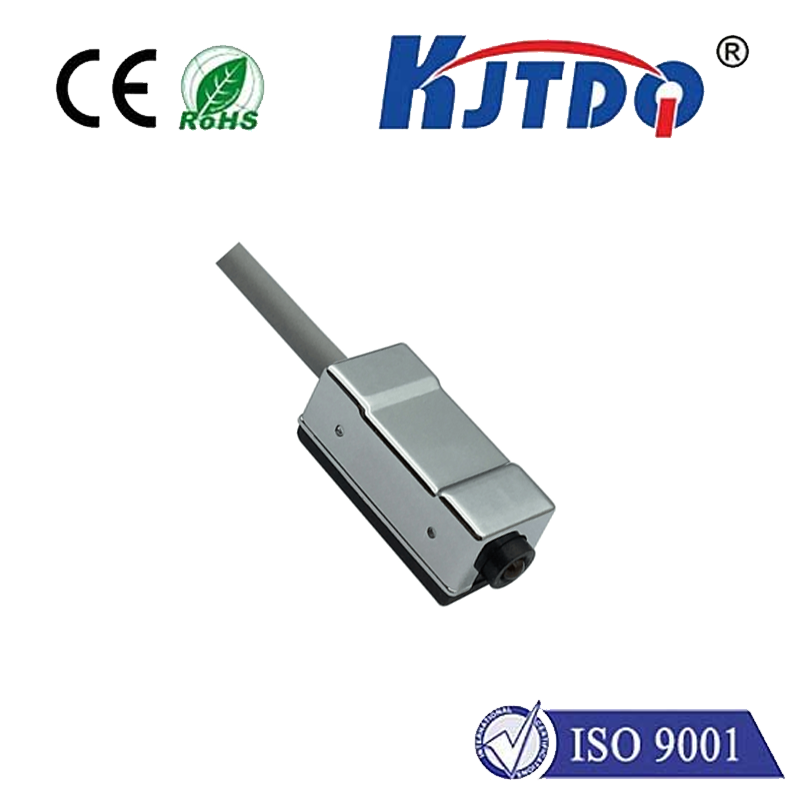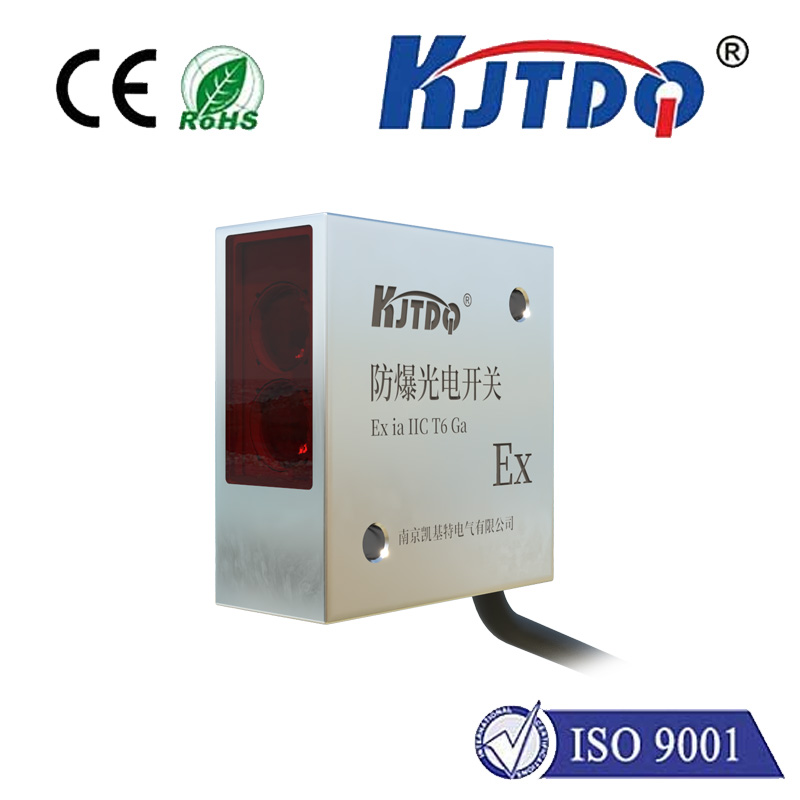

check

check

check

check

check

check

check

check

check

check
Understanding Endstop Switches: A Comprehensive Guide
Endstop switches are crucial components in many machines, including 3D printers, CNC machines, and robotic arms. They serve as a safety feature that prevents the machine from moving beyond its limits or causing damage to itself or its surroundings. In this article, we will delve into the world of endstop switches and explore their functions, types, and applications.
What is an Endstop Switch?
An endstop switch is a sensor that detects when a machine has reached the end of its travel path. It sends a signal to the controller, which then stops the machine's movement. This prevents the machine from colliding with any obstacles or damaging itself by overextending its range of motion.
Types of Endstop Switches

There are several types of endstop switches available, each with its own unique features and advantages. Some common types include mechanical, optical, magnetic, and Hall effect endstop switches.
Mechanical endstop switches use physical contact between the switch and the machine's component to detect when it has reached the end of its travel path. They are reliable and easy to install but may wear out over time due to repeated use.
Optical endstop switches use an infrared beam to detect when the machine's component has passed through it. They are highly accurate and can be used in harsh environments where other types of switches may fail.
Magnetic endstop switches use magnets to detect when the machine's component has come within a certain distance of the switch. They are highly sensitive and can be used in situations where space is limited.
Hall effect endstop switches use a magnetic field to detect when the machine's component has reached the end of its travel path. They are highly accurate and can be used in situations where other types of switches may fail due to high temperatures or strong electromagnetic fields.
Applications of Endstop Switches
Endstop switches have numerous applications in various industries, including manufacturing, robotics, and automation. In manufacturing, they are used to ensure that machines do not collide with each other or move beyond their designated areas. In robotics, they are used to limit the range of motion of robotic arms and prevent them from causing damage to themselves or their surroundings. In automation, they are used to control the movement of conveyor belts, assembly lines, and other machinery.
Conclusion
Endstop switches play a critical role in ensuring the safe operation of machines and preventing damage to both the machines and their surroundings. By understanding the different types of endstop switches available and their applications, engineers and technicians can make informed decisions about which switches to use in their projects. As technology continues to advance, it is likely that endstop switches will become even more sophisticated and versatile, further enhancing their importance in industrial applications.
